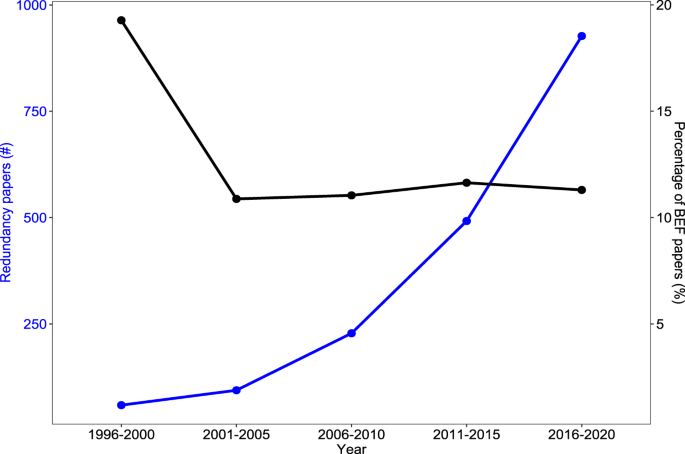New publication from Eisenhauer et al. in npj Biodiversity: Reconsidering functional redundancy in biodiversity research
A key question in ecological research is whether biodiversity is important for ecosystem functioning. After approximately three decades of empirical studies on this topic, it is clear that biodiversity promotes the magnitude and stability of ecosystem functioning. However, the majority of early biodiversity-ecosystem functioning (BEF) experiments concluded that there is a saturating relationship between biodiversity and ecosystem functioning, seemingly supporting the ‘redundancy hypothesis’ of biodiversity. This hypothesis may suggest that many species can be lost from an ecosystem before any changes in functioning can be detected under the current environmental conditions. Here, we argue that the term functional redundancy (1) may have been overused from an ecological perspective and (2) can be dangerous and misleading in scientific communication. Rather, we propose to use the term ‘functional similarity’, which better highlights the unique contributions of all coexisting species to ecosystem functioning, gradients in niche overlap and has a less negative connotation. In a world where increasing anthropogenic stressors are accelerating biodiversity change and loss and thus threatening ecosystem integrity, important political and societal decisions must be taken to combat the joint climate and biodiversity crisis. We should therefore reconsider and carefully choose terminology in biodiversity science for value-neutral communication.

Reference:
Eisenhauer, N., J. Hines, F. T. Maestre, and M. C. Rillig. 2023. Reconsidering functional redundancy in biodiversity research. npj Biodiversity 2:1–4. https://doi.org/10.1038/s44185-023-00015-5.



